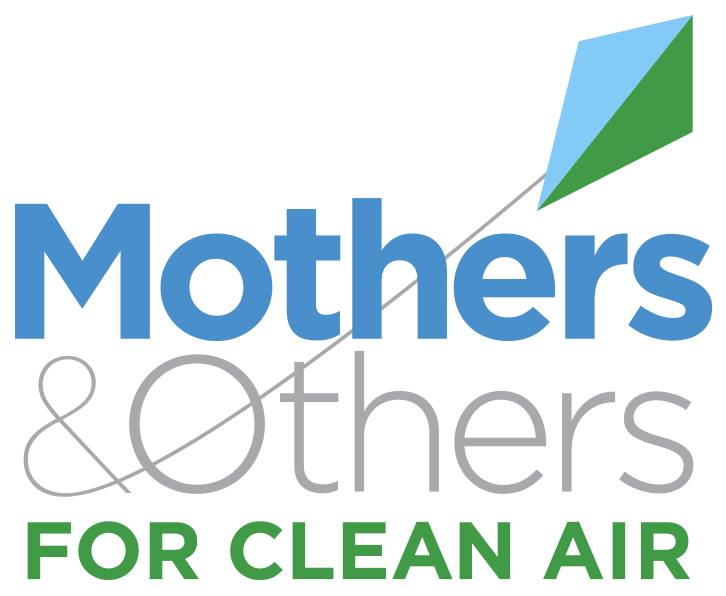Rationale: Whereas associations between air pollution and respiratory morbidity for adults 65 years and older are well documented in the United States, the evidence for people under 65 is less extensive. To address this gap, the Centers for Disease Control and Prevention's National Environmental Public Health Tracking Program collected respiratory emergency department (ED) data from 17 states. Objectives: To estimate age-specific acute effects of ozone and fine particulate matter (particulate matter ≤2.5 mm in aerodynamic diameter [PM 2.5 ]) on respiratory ED visits. Methods: We conducted time-series analyses in 894 counties by linking daily respiratory ED visits with estimated ozone and PM 2.5 concentrations during the week before the date of the visit. Overall effect estimates were obtained with a Bayesian hierarchical model to combine county estimates for each pollutant by age group (children, 0-18; adults, 19-64; adults≥65, and all ages) and by outcome group (acute respiratory infection, asthma, chronic obstructive pulmonary disease, pneumonia, and all respiratory ED visits). Measurements and Main Results: Rate ratios (95% credible interval) per 10-μg/m 3 increase in PM 2.5 and all respiratory ED visits were 1.024 (1.018-1.029) among children, 1.008 (1.004-1.012) among adults younger than 65 years, and 1.002 (0.996-1.007) among adults 65 and older. Per 20-ppb increase in ozone, rate ratios were 1.017 (1.011-1.023) among children, 1.051 (1.046-1.056) among adults younger than 65, and 1.033 (1.026-1.040) among adults 65 and older. Associations variedinmagnitude by age group for eachoutcome group. Conclusions: These results address a gap in the evidence used to ensure adequate public health protection under national air pollution policies.
Published Jun 22, 2018
Strosnider, H. M., Chang, H. H., Darrow, L. A., Liu, Y., Vaidyanathan, A., & Strickland, M. J. (2019). Age-Specific Associations of Ozone and Fine Particulate Matter with Respiratory Emergency Department Visits in the United States. American Journal of Respiratory and Critical Care Medicine, 199(7), 882–890. https://doi.org/10.1164/rccm.201806-1147OC
